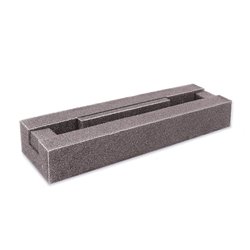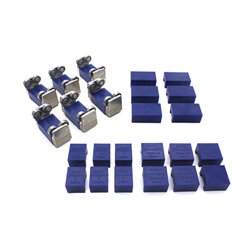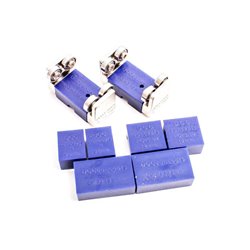It's almost normal for a model railway locomotive to be purchased, played with, stored in a loft for a couple of...
No products
Product successfully added to your shopping cart
There are 0 items in your cart. There is 1 item in your cart.
Search Tips
Christmas and New Year
We are dispatching orders every weekday apart from Christmas Day, Boxing Day and New Year's Day.
If you order is time critical, select next day delivery at checkout.
The shop in Sandown is closed from 25th December, reopening on 30th December.
How often should I run my locomotives to avoid performance issues?
To avoid performance issues, it is generally recommended that modellers run their locomotives on a regular basis. The frequency with which locomotives should be run may vary depending on a number of factors, such as the type of locomotive, the age and condition of the motor and the operating environment of the layout.
As a general rule of thumb, it is a good idea to run locomotives at least once every two to three weeks, even if the modeller is not actively using their layout for train operations. This helps to prevent the motors and gears from seizing up due to lack of use, and can also help to prevent dust and other debris from accumulating on the track and causing issues with performance.
It is also a good idea for a modeller to perform routine maintenance on their locomotives, such as cleaning the wheels and track, lubricating the gears and bearings and checking for any signs of wear or damage. Regular maintenance can help to ensure that locomotives continue to operate smoothly and reliably and can help to extend the lifespan of the locomotives and the layout.
Overall, regular operation and maintenance are key to maintaining the performance and reliability of model railway locomotives. By running locomotives on a regular basis and performing routine maintenance of locomotives and track, a modeller can help to prevent issues with performance and keep theirr layout running smoothly for years to come.
Click here to receive the tips weekly in your mailbox. You can unsubscribe at any time.










